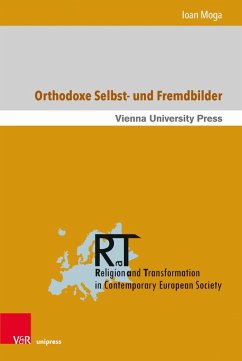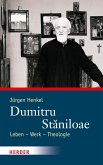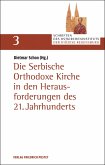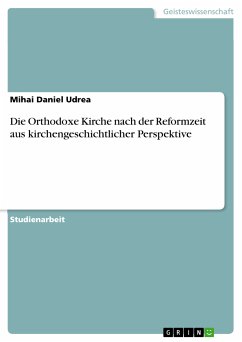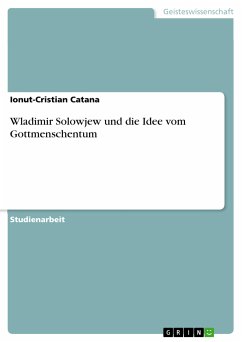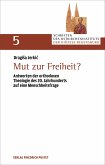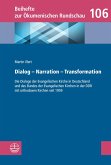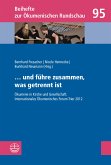Dieser Band bietet eine theologiegeschichtliche Aufarbeitung der orthodox-theologischen Identitätsdiskurse im rumänischen Sprachraum des 20. Jahrhunderts mit Blick auf die Wahrnehmung, Beurteilung und Anerkennung der Römisch-Katholischen Kirche. Der Autor plädiert für eine kontingenzbewusste Hermeneutik der orthodoxen Theologiegeschichte und damit für eine Historisierung der unterschiedlichen Selbstbilder, mit denen sich die Orthodoxe Kirche identifiziert hat oder immer noch identifiziert. Unerwartete Nuancen der orthodoxen Positionierung zur Moderne und zur ekklesialen Realität der anderen Konfessionen kommen ans Tageslicht, denn Selbstbilder sind nicht nur Kontrastbilder zum vermeintlichen Standort des Anderen, sondern auch dialogische Momentaufnahmen. Der Weg und die Welt der (rumänisch-)orthodoxen Theologie im 20. Jahrhundert gewinnen damit an Farbe und Komplexität. This volume is a theological-historical analysis of the orthodox-theological identity discourses in the Romanian-speaking area of the 20th century (specially between 1875 and 1989) in view of the perception, assessment and recognition of the Roman Catholic Church. The author advocates for contingency-conscious hermeneutics in the history of Orthodox theology and for the historization of the different, still influential self-concepts of the Orthodox Church. Unexpected nuances of the orthodox positioning towards modernity and the ecclesial reality of the other denominations come to light. The way and the world of (Romanian) Orthodox theology in the 20th century are gaining color and complexity. Dr. Ioan Moga promovierte im Fach Systematische Theologie an der Ludwig-Maximilians-Universität München. Seit 2017 ist er Assistenzprofessor für Orthodoxe Theologie an der Katholisch-Theologischen Fakultät der Universität Wien.
Dieser Download kann aus rechtlichen Gründen nur mit Rechnungsadresse in A, B, BG, CY, CZ, D, DK, EW, E, FIN, F, GR, H, IRL, I, LT, L, LR, M, NL, PL, P, R, S, SLO, SK ausgeliefert werden.

